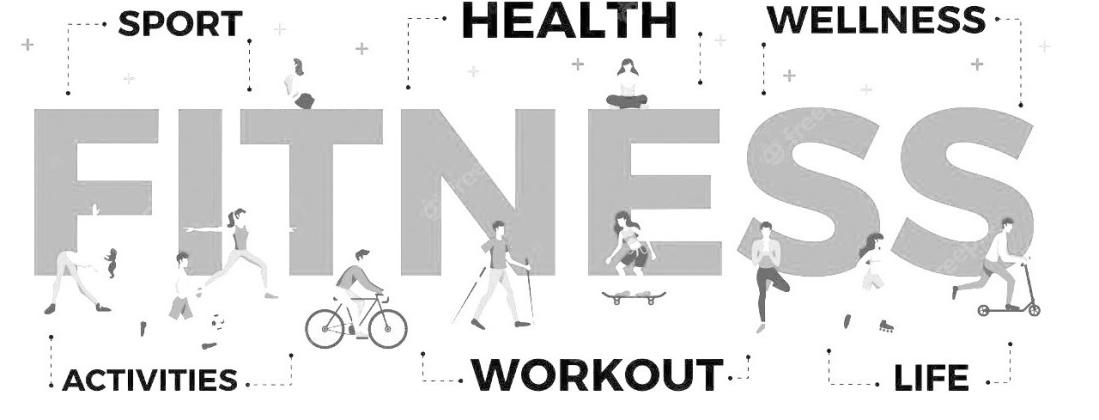Exercising regularly, every day if possible, is the single most important thing you can do for your health. In the short term, exercise helps to control appetite, boost mood, and improve sleep. In the long term, it reduces the risk of heart disease, stroke, diabetes, dementia, depression, and many cancers.
Why is exercise so important for seniors?
Whether you were once much more physically active or have never been one to exercise regularly, now is a great time to start an exercise and fitness regimen. Getting and staying in shape is just as important for seniors as it is for younger people.
Why is exercise important for older people? Getting your heart rate up and challenging your muscles benefits virtually every system in your body and improves your physical and mental health in myriad ways. Physical activity helps maintain a healthy blood pressure, keeps harmful plaque from building up in your arteries, reduces inflammation, improves blood sugar levels, strengthens bones, and helps stave off depression. In addition, a regular exercise program can make your sex life better, lead to better quality sleep, reduce your risk of some cancers, and is linked to longer life.
Many older adults hesitate to get moving because they’re unfamiliar with the types of exercise and fitness that are effective and safe, and aren’t sure how much exercise they need to do. The good news is that any kind of movement is better than being sedentary, so there’s nothing wrong with starting small and working your way up to longer workouts. Your goal should be no less than 150 minutes of moderate intensity activity per week, but if you can’t start at that level, work up to it (and then past it). While there are many dedicated forms of exercise and fitness for adults, you also want to stay physically active throughout the day by taking the stairs, doing yard work, and playing with your grandkids.
When it comes to exercise and fitness for seniors, most can begin without consulting a doctor—but there are exceptions. If you have a major health condition like diabetes, high blood pressure, heart or lung disease, osteoprosis or a neurological disease, definitely talk to your doctor first. People with mobility issues such as poor balance or arthritis should also get advice from their doctor.
How much exercise you should be getting depends on several factors, including your current level of fitness, your fitness goals, the types of exercise you’re planning to do, and whether you have deficits in such areas as strength, flexibility or balance.
As a general rule, 150 minutes of moderate intensity aerobic activity (or 75 minutes of vigorous exercise) is recommended as a weekly minimum. As you become more fit, you’ll want to exceed that in order to reap maximum benefit. A natural way of splitting up the 150 minutes might be to do a 30-minute session five times per week, or you can break it up and do two 15-minute sessions during a single day. Adopt whatever schedule fits your lifestyle.
For strength exercises, aim to work all your major muscle groups twice to three times each week, leaving 48 hours between each workout for recovery. If you do “total-body” workouts, that’s two sessions per week. If you choose to split your workouts to target a specific muscle group (e.g., “leg day”), that will require more frequent workouts. Just make sure you’re leaving 48 hours of rest before you re-work a major muscle.
If you have noticed problems with your balance, such as unsteadiness, dizziness, or vertigo, talk to a healthcare provider for recommendations about balance-specific exercises. Get in three half-hour workouts each week in addition to a 30-minute walk at least twice weekly.
It’s best to stretch after you have warmed up for a few minutes, or perform stretching exercises after you completed your workout. When stretching each muscle group, take it slow and steady, release, repeat again.
But how much exercise is too much? You should expect a little muscle soreness after workouts, especially in the beginning. But if you find

